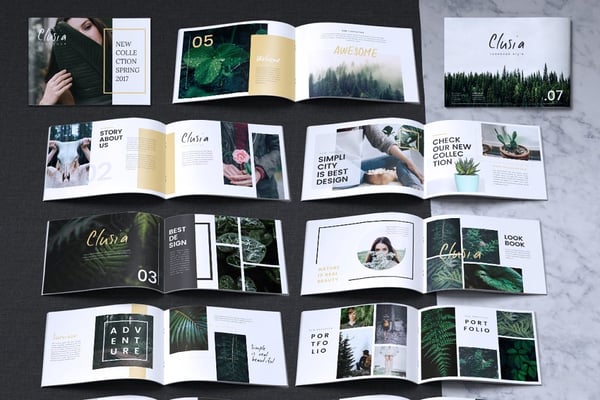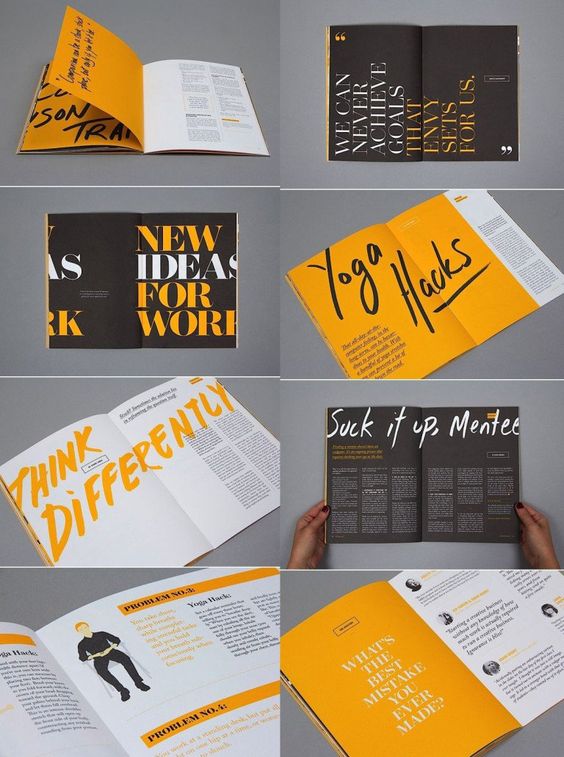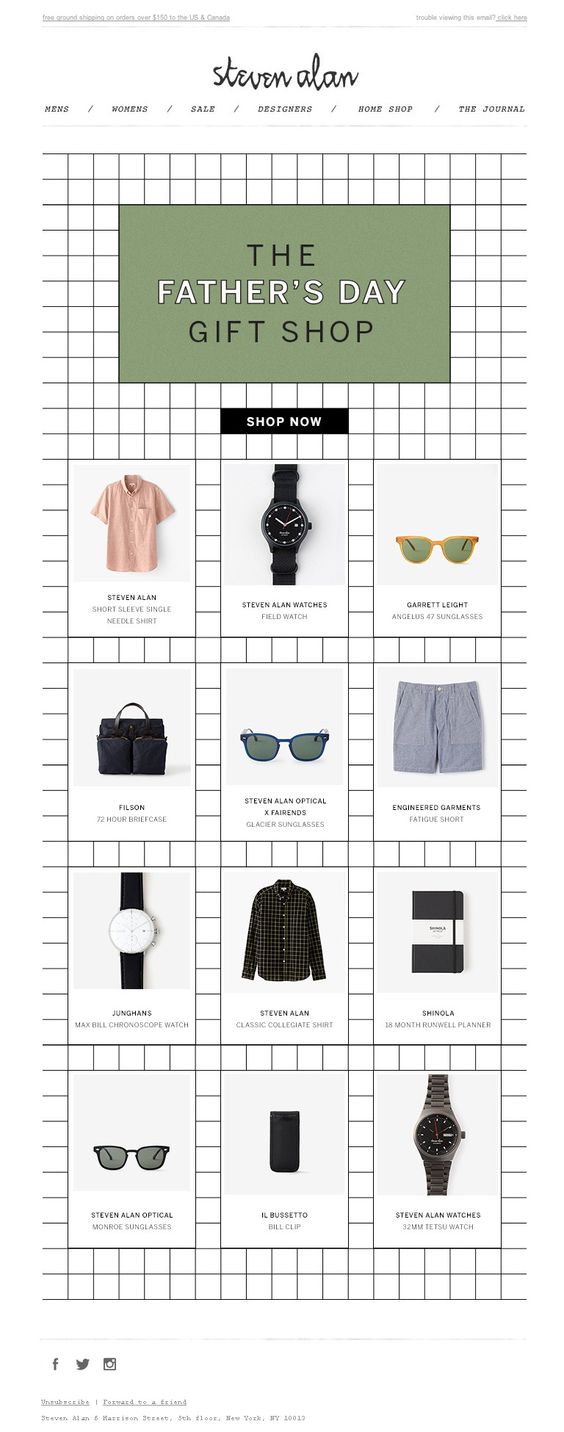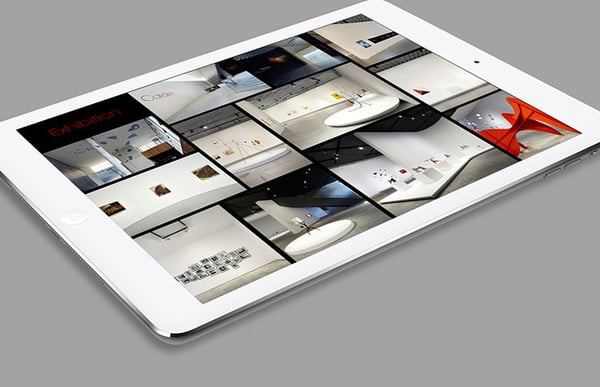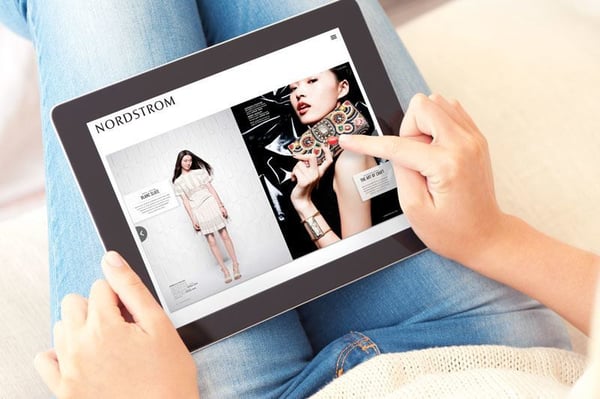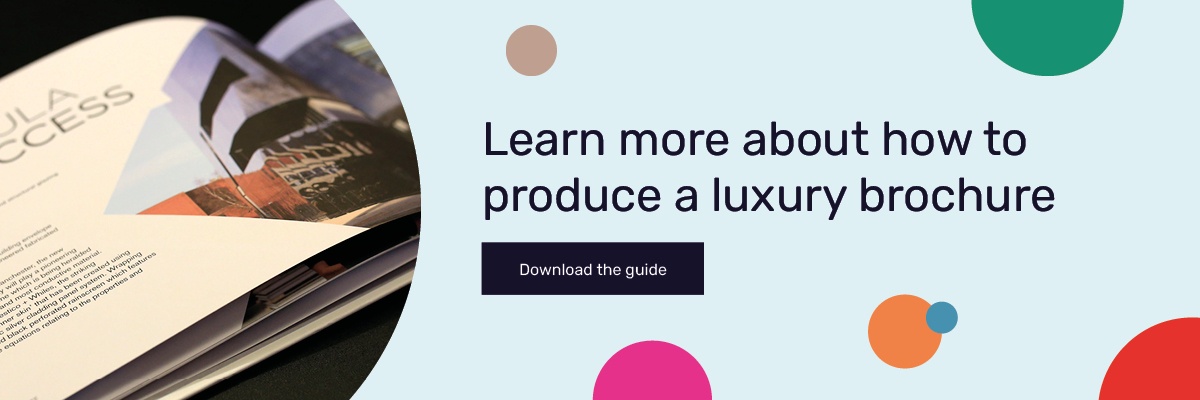Everybody thought the rule was simple. Companies that produced any kind of media, such as brochures and catalogues, had to convert to digital or die. Traditional print might be glossy and reliable, but audiences were demanding more engaging and relevant information. But despite all of digital’s perceived advantages over print, both have their pros and cons.
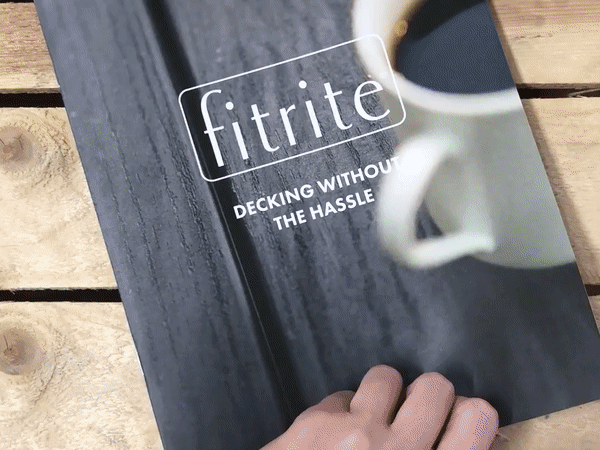
Here’s a breakdown of the advantages and disadvantages of traditional and digital catalogues to help you decide which format to choose.
Traditional Print Catalogues - Advantages
A traditional catalogue is a printed piece of media. Here are its advantages and disadvantages.
People Love Having Something to Hold
Statistics from UK book sales monitor Nielsen BookScan has shown that print book sales have risen again for the fourth consecutive year. The stats showed that the book market in the UK grew 2.1% in value, 0.3% in volume and an extra 627,000 books were sold last year.
Why? People love to have something they can hold and interact with. It’s one of the biggest pros of a traditional catalogue. Digitally turning pages or using electronic bookmarks aren’t as satisfying as print which provides a completely different sensory experience.
Printed catalogues can have textured luxury paper, scented pages and those that change colour when exposed to different lights and temperatures. Reducing gorgeous images to a collection of pixels on a screen can lessen the impact you wanted them to have on your audience.
Just look at the catalogue designs above. They’re simple yet highly engaging and they capture the reader's attention. But those factors are much stronger when it's physically in your hands. All of these factors add to the quality of your catalogue and quality says a lot about a company.
People Are More Likely to Buy Things They See in Print
Studies have shown that people show greater emotional response and memory for print ads than they did for digital. Another study conducted in 2017 showed that print influences consumers to purchase more than online or social media does.
Print ads cause more activity in the areas of the brain that are associated with value and desire. The result? Traditional catalogue designs are more likely to persuade customers to buy your products as opposed to a digital catalogue.
Traditional Catalogues Are Reliable and Cause Less Hassle
There’s a reason why people automatically envisage the physical book when they think about the Argos catalogue. Print is the traditional way - people are used to it and it’s why they automatically expect to receive a physical catalogue rather than a digital one.
Plus, there’s no need to wait for a page to load, download or to install software such as Javascript to view it. You just need to pick up the catalogue and have a flick through.
Traditional Catalogues Aren’t Limited by the Internet
The beauty of a printed physical catalogue is that you can take it wherever you go and read it wherever you are. A well-designed brochure or catalogue can sit on-show on somebody’s coffee table for weeks or months. They’re highly convenient as they can come in many sizes so they can be carried or placed around easily.
Digital content needs to be optimised for multiple devices. For example, a catalogue made for iPad viewing won’t necessarily look good on a smartphone screen without clever and detailed design work. The devices are different in size, whereas there’s no optimisation issue with print catalogues. Plus, you don’t need internet access.
Traditional Print Catalogues - Disadvantages
You Can’t Make Changes Once It’s Printed
Print is forever - literally. Once you print a catalogue, you can’t go back and correct any typos, tweak that wonky logo or update information. You need to make sure everything is perfect before you send it to the printers.
There’s Limited Space
With a traditional print catalogue, you only have a limited space to work with. So you’ll need to prioritise which design elements and images deserve more of the page. This isn’t the case with digital catalogues.
Market Research Limitations
It’s more difficult to monitor the popularity of traditional print catalogues because of their nature. It can potentially make it more challenging to optimise content in the future as you won’t always know what is and isn’t working.
For example, you can monitor physical sales but not where the customers came from. Although, if the end result is the same and you get more sales, well, who’s checking this metric anyway?
Digital Catalogues - Advantages
A digital catalogue has been formatted for several digital platforms. This includes smartphones, iPads, tablets and anything else on the web - such as blogs. It’s usually available as downloadable content.
It’s Typically Fresher Content
Attention spans are decreasing and people want a constant stream of content delivered to them instantly. This means content has to compete to be the freshest and on-trend. Digital catalogues are usually more current in terms of culture, while they can also be edited when references become irrelevant, even after it’s published.
Videos and social media links allow customers to head to your website right away to purchase a product. This engages your audience more deeply as it creates a more seamless shopping experience. It also means your audience can share your content with friends to create more comments, views and more engagement.
This is perfect for brand awareness. However, compared to a well-executed print brochure, the effects of this sharing are very short-lived.
Digital Catalogues Are Highly Accessible
Gone are the days of lugging around a heavy catalogue and worrying about spilling anything down its glossy cover. Your customers can now access your catalogue on any device that they want and read it wherever they are - as long as they have internet access.
Digital Catalogues Can Easily Be Tracked and Analysed
It’s easy to analyse the success of a digital catalogue. There are plenty of analytics tools that allow you to track the number of shares and level of engagement. As a result, your findings let you further optimise future content based on your learnings.
But they aren’t perfect...
Digital Catalogues - Disadvantages
Shortens Attention Span
Digital catalogues might use more engaging tools, such as videos and external links, but that’s not always positive. Studies have also shown that people tend to remember print content better than digital. The reason? They found digital to be too distracting.
They do have a point. How much more difficult is it to read something on a screen when a random video starts playing and an image begins to flash in the sidebar? With print, there are no distractions.
Not Every Catalogue Is Suited for Digital
Some catalogues might be better suited for the traditional route as it all depends on your business’ vision and target audience. For example, a holiday or luxury high-street fashion catalogue will work better in print than digital. These picturesque landscapes and clothing in vibrant shades and luxurious fabrics tend to look better on paper.
Silk paper can help traditional catalogues and their content look expensive and of higher quality. This might be exactly the kind of feel you want your business to have.
Digital Publishing Is Becoming More Expensive
In the past, you could argue that digital was cheaper. It’s no secret why publications like Newsweek Magazine and the Independent abandoned the print world for digital. However, as the demand and popularity increase, so has the cost which can become a real issue.
Businesses that have bigger budgets can afford better platforms. This leaves little chance for the smaller business as it’s trickier to stand out from the competition. Despite their advantages and disadvantages, the age-old debate between traditional and digital publishing will probably never end.
They both have their pros and cons. Ultimately, it depends on your business and how you want to communicate to your audience. How do they want to hear your message or learn about your products and services? That’s where our guide to producing a luxury brochure can help.
Find out More About Creating a Luxury Brochure
To help your print content reach its full potential, there’s still a lot more you need to think about. In our guide, you’ll find a lot more information on the print techniques you should consider, the type of stock your content will benefit from and so much more.
To get your free copy, click on the link below.

